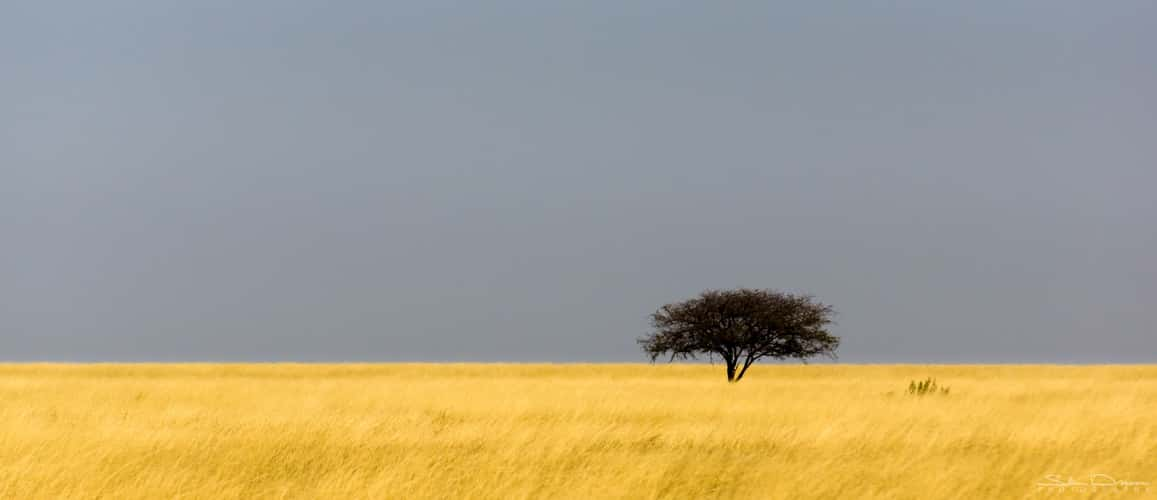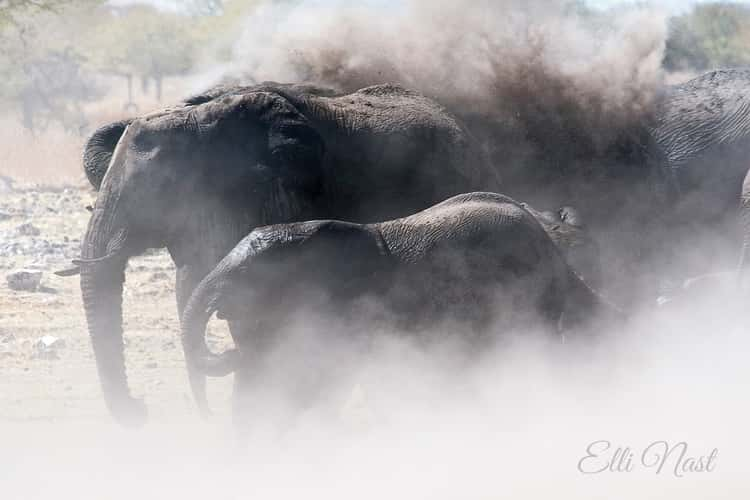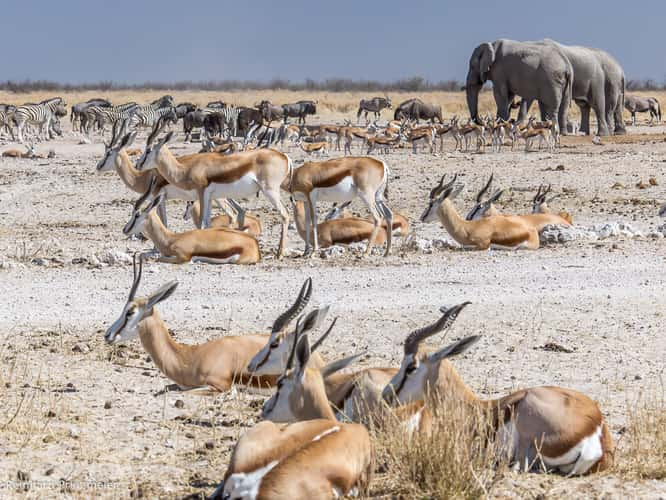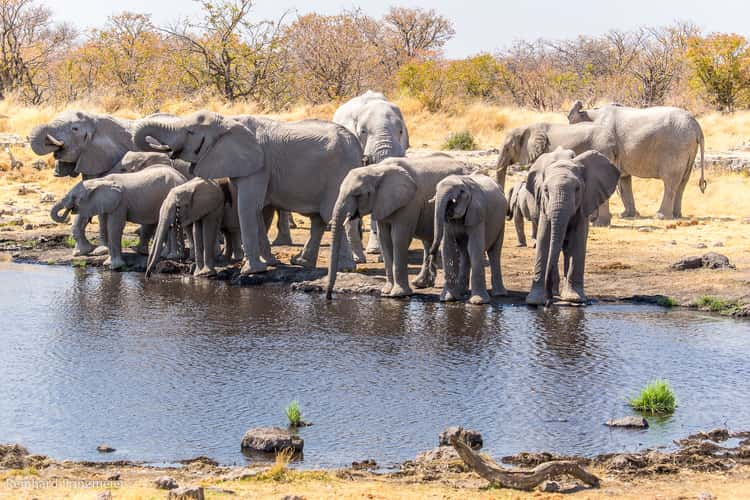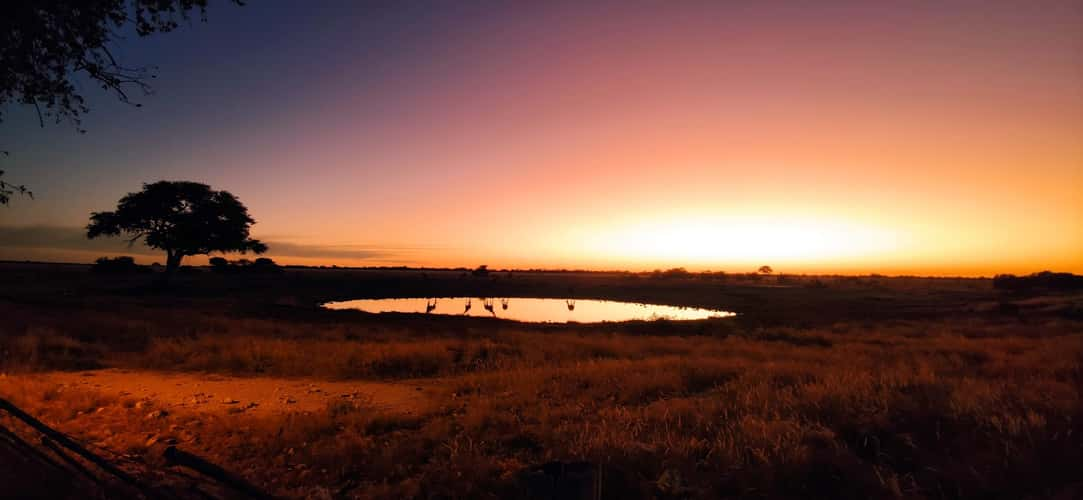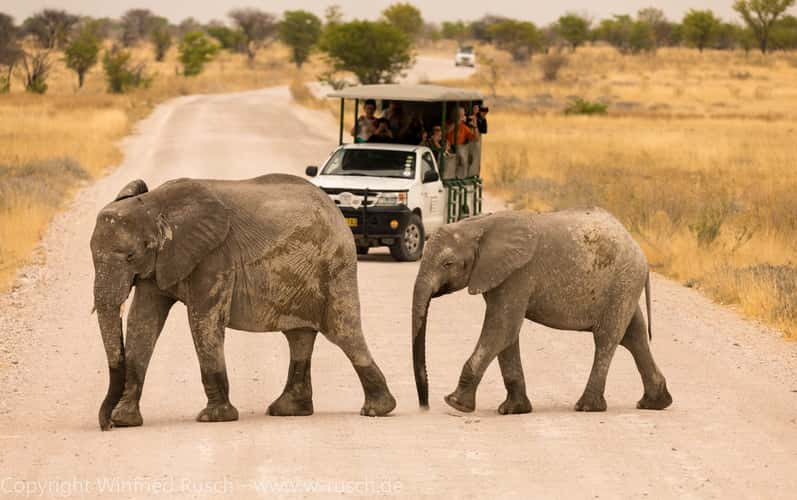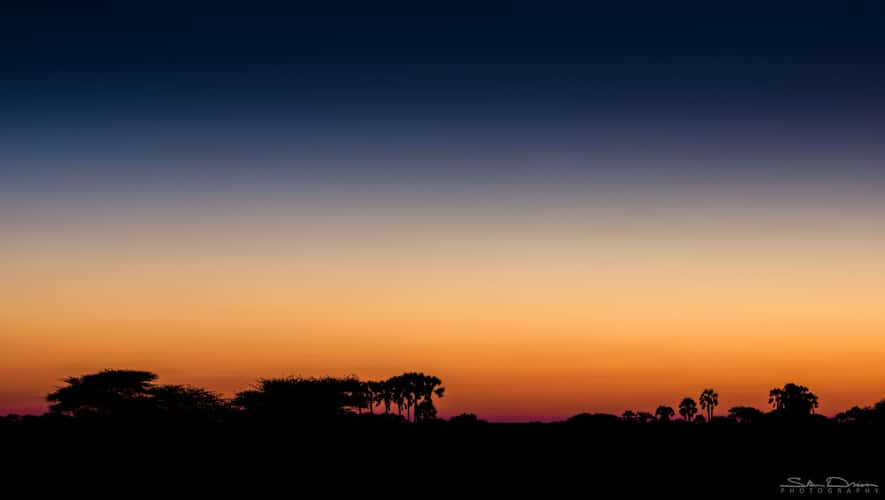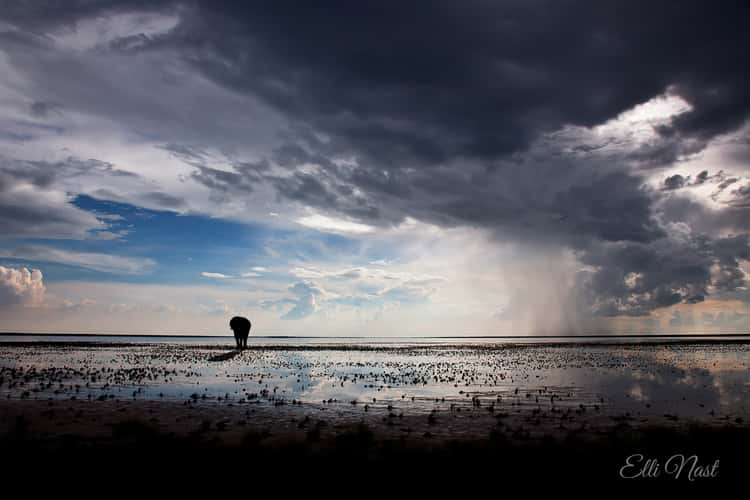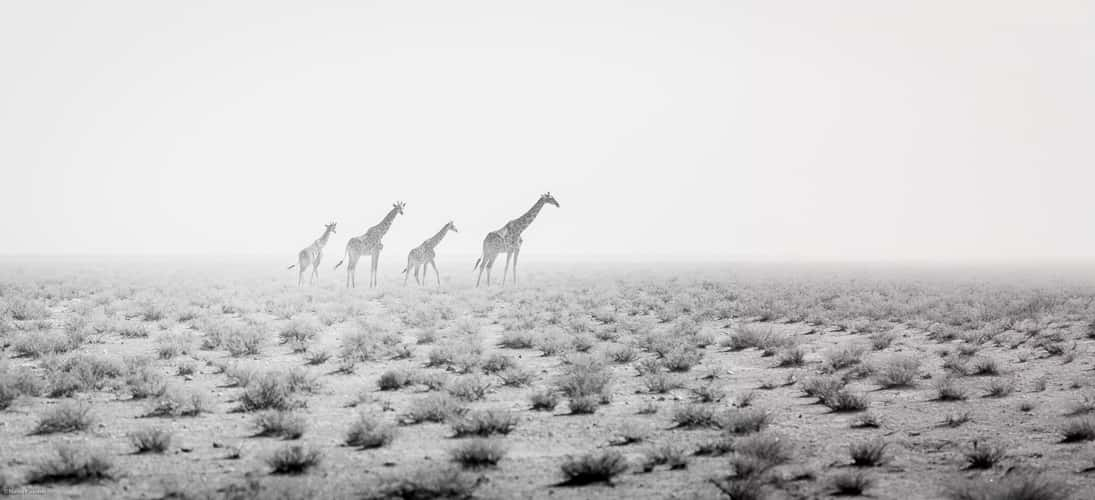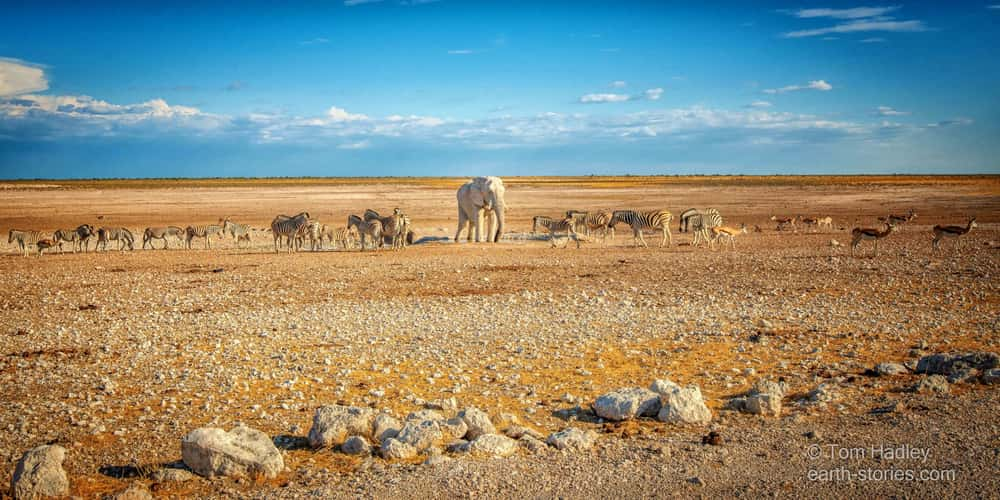When planning a trip to Etosha National Park, start by arranging your travel. The closest international airport is Hosea Kutako International Airport in Windhoek, about 4-5 hours' drive from the park. You can rent a car or book a shuttle service from there. If driving, a 4x4 vehicle is recommended for exploring less-traveled areas. Accommodations range from campsites to lodges and rest camps, with popular options like Okaukuejo, Halali, and Namutoni, offering amenities such as restaurants, shops, and fuel stations. It's advisable to book accommodations in advance, especially during the peak season from June to October.
The park has several entry gates, including Anderson Gate, Von Lindequist Gate, and Galton Gate, with entry fees payable at the gates and specific opening and closing times from sunrise to sunset. Ensure you have the necessary vaccinations and medications, take malaria precautions, and protect yourself from the sun with hats, sunscreen, and appropriate clothing. Early morning and late afternoon are the best times for wildlife photography. Stay in your vehicle while within the park and maintain a safe distance from animals. Bring binoculars and a good telephoto lens for the best photographic results.
Adhere to all park rules, including speed limits and designated areas for getting out of your vehicle, and note that drones typically require special permits. Stock up on essential supplies such as water, food, and fuel before entering the park, and bring extra batteries, memory cards, and necessary camera equipment. Proper preparation ensures a safe and productive photography trip to Etosha National Park.





